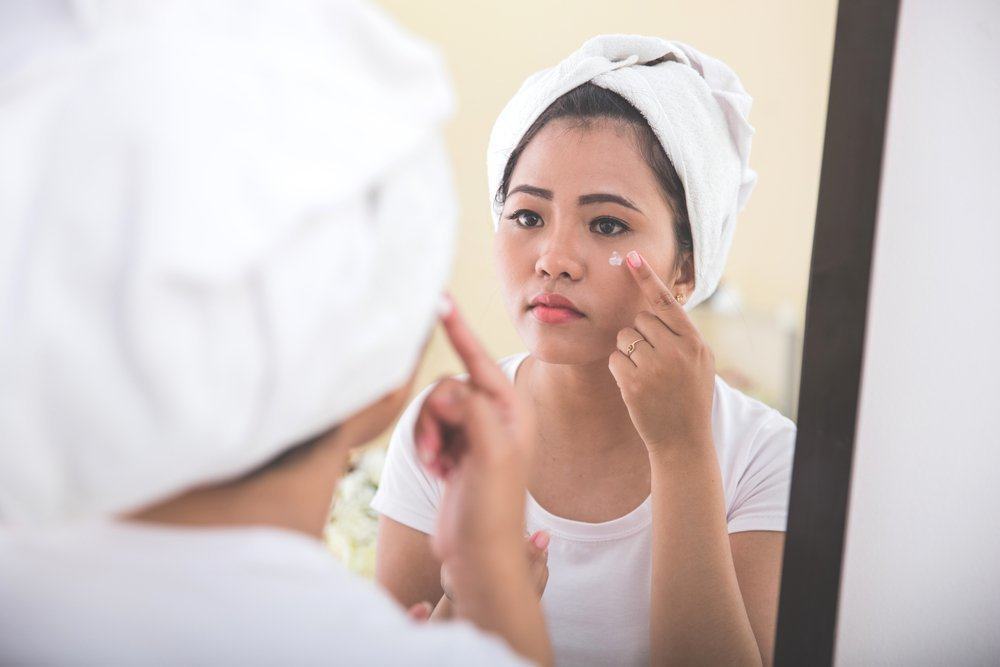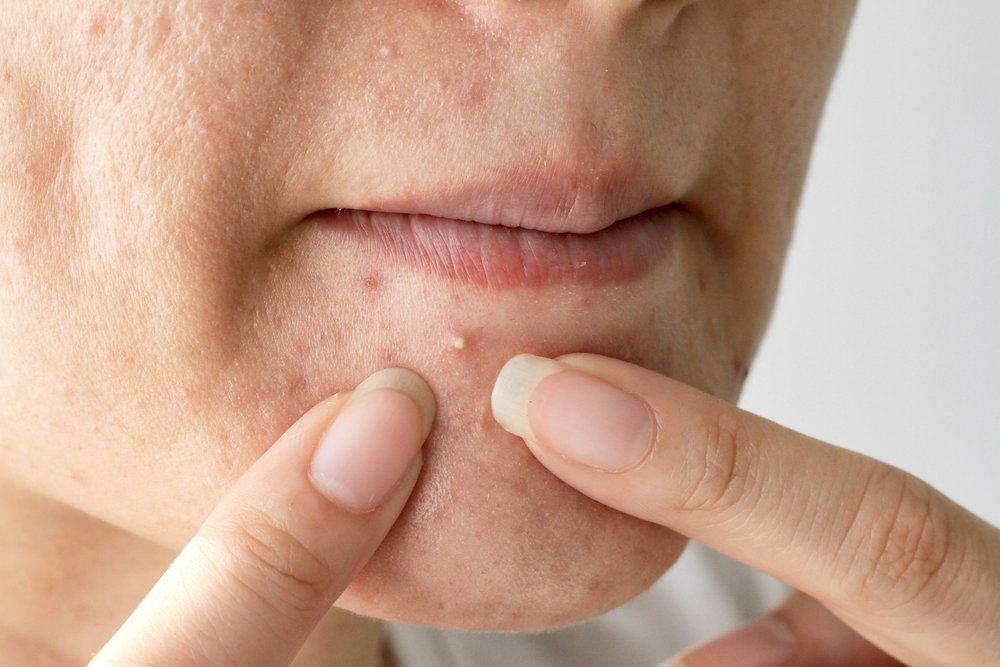Contents:
- Medical Video: 5 Basic Skincare Rules
- Tips for choosing a healthy moisturizer
- 1. Get to know your skin type
- 2. Pay attention to the content in your moisturizer
- 3. Use your moisturizer correctly
Medical Video: 5 Basic Skincare Rules
Daily facial skin care that is classified as good includes the use of moisturizers and sunscreen to fight free radicals and protect the skin from ultraviolet (UV) rays. Why use moisturizers? Facial moisturizer serves as a protector for the skin, keeping your facial skin healthy and well hydrated. Moisturizers work by trapping moisture in the outer layer of the skin and drawing moisture from the deeper layers of the skin to the outer skin layer. The American Academy of Dermatology recommend using facial moisturizers after bathing so that your still moist skin can bind fluids properly. But, how do you choose a moisturizer that is healthy for the skin, and won't actually cause problems?
Tips for choosing a healthy moisturizer
1. Get to know your skin type
Before using a moisturizer, you must know your skin type first to make sure that the moisturizer you use is in accordance with your needs. Your skin type is determined by various factors such as genetics and food. In general, there are five types of skin types:
- Dry: Suitable for using an oil-based moisturizer
- Oily: Suitable for using water-based moisturizers
- Adult (mature): We recommend using an oil-based moisturizer
- Sensitive: We recommend using a moisturizer containing aloe vera or cool ingredients on the skin
- Normal / combination: Suitable for using a water-based moisturizer
READ ALSO: 9 Steps to Wash Your Face Properly If Your Skin Is Oily
2. Pay attention to the content in your moisturizer
Now, after you know your skin type, and have been dealing with moisturizing products based on your skin, the next step is to read carefully the labels on your product packaging. A good moisturizer is a moisturizer that can protect the skin and does not contain harmful ingredients.
Active and inactive ingredients
Are you confused when reading the label printed on the moisturizing package? Usually, the moisturizer will include the content contained in the product. In general, the content in moisturizers can be classified into two, namely active and inactive ingredients. Simply put, the active ingredient is the material that makes the product function properly. For example, a moisturizer that functions to protect the skin from UV light will contain titanium oxide which serves as the main sunscreen material.
The most active ingredients used in moisturizers are lanolin, glycerin and petrolatum. Of the three products, glycerin is the ingredient that rarely causes allergies. Inactive materials, on the other hand, are supporting ingredients that complement your product.
READ ALSO: Tips to Recognize Harmful Skin Bleaching Creams
Non-comedogenic
Products that label themselves are non-comedogenic means having properties that do not clog the pores. This product usually does not contain oil, which means it is ideal for you if you have oily skin and are prone to acne.
Hypoallergenic
This term means that the product causes fewer allergic reactions in consumers. This product is suitable for those of you who have sensitive and easily allergic skin. However, keep in mind that this does not guarantee that the product cannot cause allergies. So what can you do? If you have a previous allergic reaction to a moisturizer, you should pay attention to the ingredients contained in the moisturizer and avoid it on other occasions.
Natural vs. organic
You may feel confused, some moisturizing products claim to use natural products, while some claim to use organic products, what's the difference? A product is said to be a natural product when using ingredients from plants (with or without chemical products). Meanwhile, a product is said to be organic if the ingredients contained do not use chemical products, pesticides, or artificial fertilizers at all.
READ ALSO: 7 Facts About Organic Skin Care You Need To Know
3. Use your moisturizer correctly
After finding the right moisturizer, make sure you apply the product correctly to get optimal results. Always use your moisturizer after your face is clean. Immediately after washing your face is the best time, because a moist face will help trap the liquid contained in your moisturizer. When you use your product, don't forget the eyelids and neck area, unless the instructions for use say otherwise. Wait for a few minutes if you want to wear makeup on your face. If your moisturizer does not have the dual function of protecting against UV light, you can use sunscreen after applying moisturizer.
After using your moisturizer regularly for several days or weeks, try to evaluate it. Do you feel your face is more fresh, hydrated and comfortable? If, yes, congratulations! That means you have found a moisturizer that is suitable for your skin. If not, don't be disappointed, you can always choose another product, of course, by looking at the ingredients contained in it.












